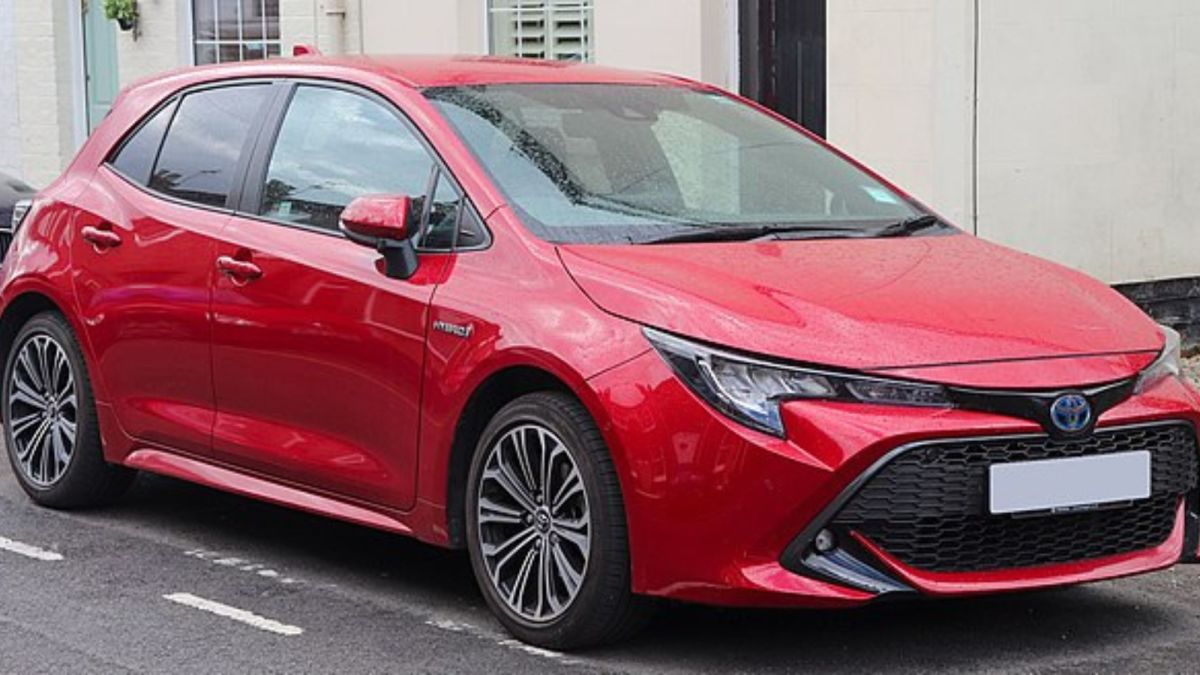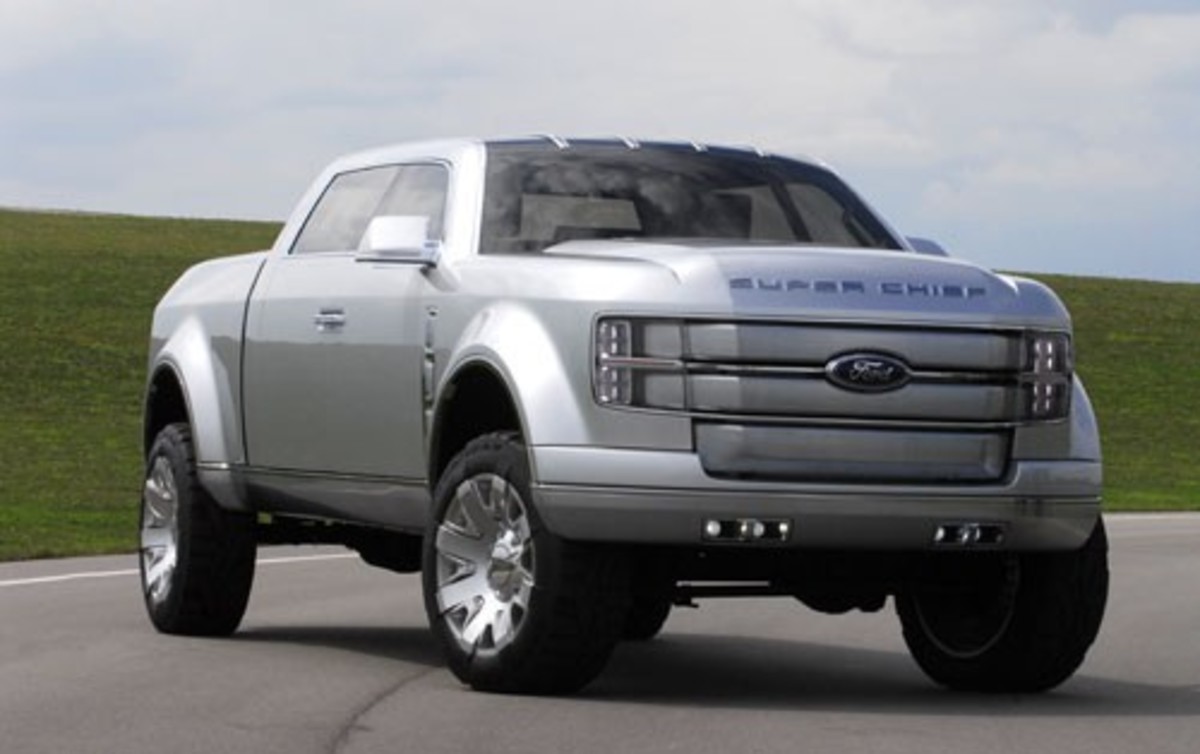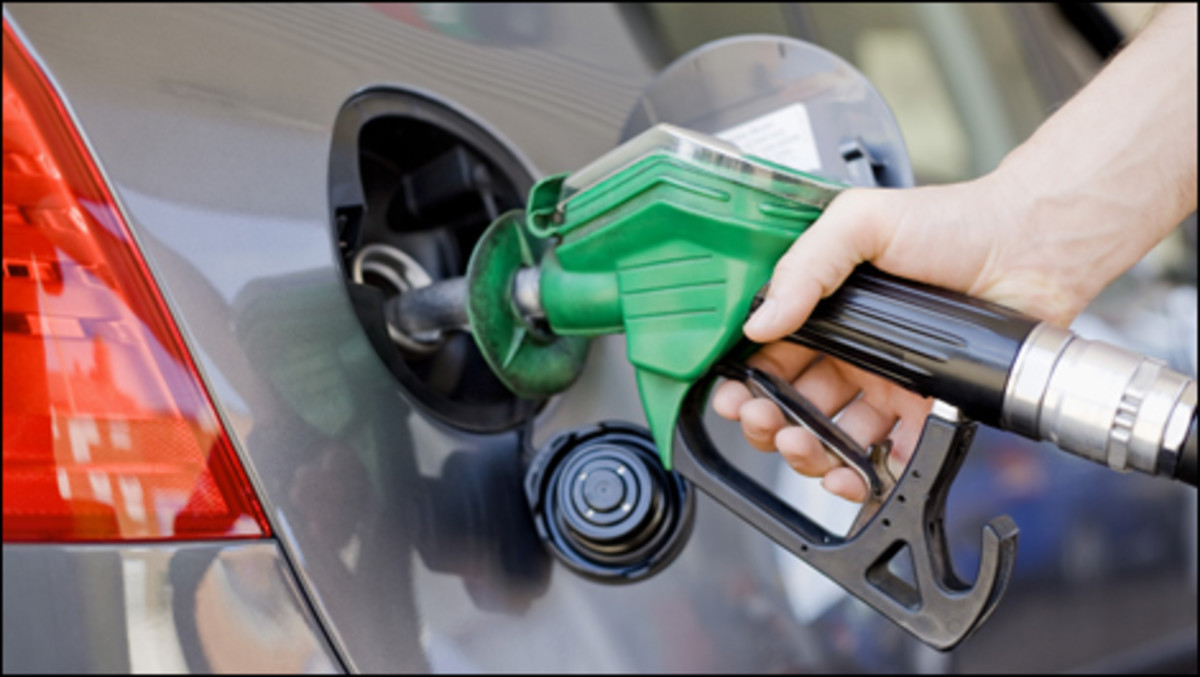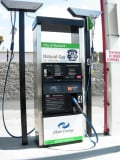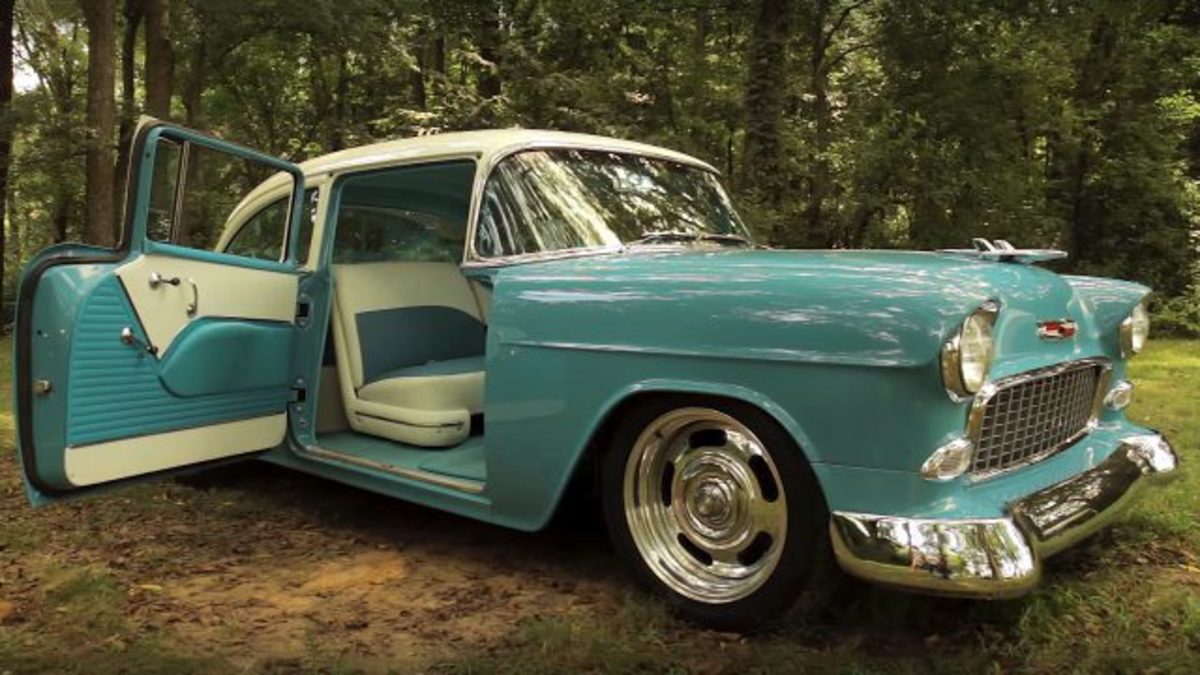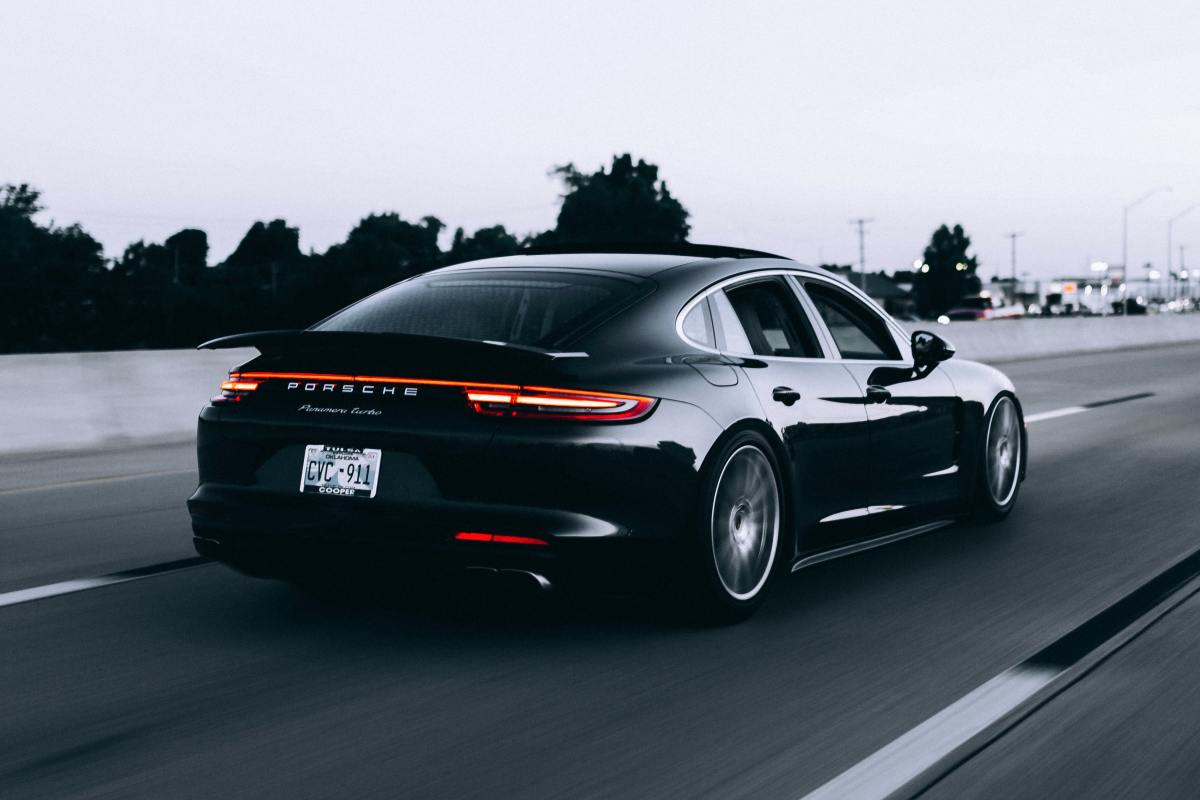Why SUVs and 4WDs are NOT "destroying" the environment

These are countless and seemingly endless arguments all over the place in regards to SUVs/4x4s/4WDs causing horrible pollution and "destroying" our environment. For the most parts this is simply uneducated hype fuel by media and poor knowledge. This article will hopefully help dispel some of the common myths associated with 4WDs (Diesel in particular) and give a better insight to these vehicle's contributions to global-warming.
(In this article I will refer to Suvs, 4x4s, 4WDs and Trucks, all are taken to be the same things)
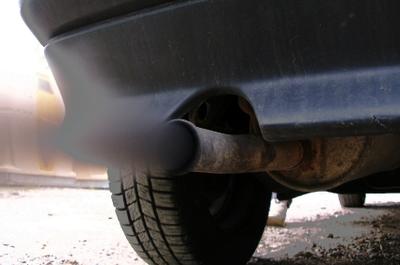
First and formost, EMISSIONS:
One of the most prominent arguments when it comes to 4x4s is their emissions. "Trucks spew out pollution" "They are gas-guzzling dinosaurs" "They use 10x more fuel than other vehicles" are all common images associated with the trucks that we drive. The most popular conception of 4x4s therefore is that they are old, inefficient, fuel-guzzling, pollutant pouring machines. When in fact it is rather misguided to think so. While older vehicles from pre-90s were somewhat inefficient in design, technology has come a long way since the mechanically-injected, indirect combustion and mechanically controlled trucks. Nowadays we have the amazing benefits of Electronic Fuel Injection, a complex vehicle computer to take care of the extremely precise calculations, and computer-aided-design which allows engineers to build incredibly efficient vehicles. This may sound extremely recent, but when I say recently I mean even from the mid to late 90s. 4x4s have had these features for more than a decade, and each year they are getting more advanced; all the while remaining with the same internal combustion principal. If you would like to see something that really spews smoke, search "Diesel Train Cold Start" on Youtube.
Old diesel trucks may have got 16L/100km with a tail-wind and coasting, but trucks from the 90s (particularly late 90s) rarely venture above 15. My personal one a 1991 (Mechanically injected Diesel) gets 11L/100km at an absolute max fully loaded! I also know of countless modern, and early 2000s trucks that get 10 or even 9L/100km fully loaded! Modern Euro Diesels can even go as low as 5L/100km! All the while putting out in many cases less emissions than the same sized or smaller petrol engines. Simply look at their respective GreenStar ratings! It is also a proven fact that diesel in itself is less polluting than petrol. The amount of toxic emissions produced by a petrol is greater than that of diesel. However the reality that older diesels wear out of tune and throw smoke out (which is ONLY unburnt fuel) leads people to associate this seemingly "dirty" image with large emissions. Diesels nowadays have DPFs, EGRs and Stop-Start technology, which all makes for an immensely environmentally friendly alternative to your average car, all the while towing a boat...
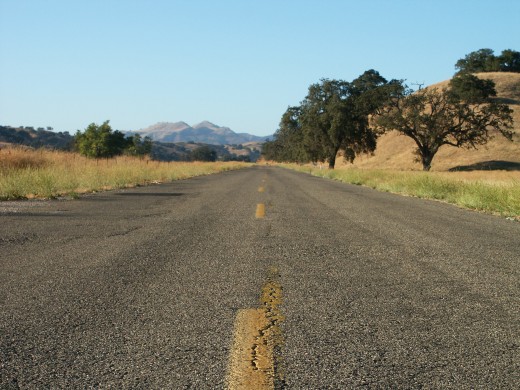
WEAR AND TEAR:
Another argument is that of wear and tear to our roads. The theory is that because an SUV is bigger it causes greater damage to the road surface over time. While this may be true in the case of large lorries and heavy industrial trucks, for the average 4x4 it has a negligible impact for multiple reasons.
Firstly, the average mid-sized SUV or 4WD weighs around 2200kg. Comparatively, most large on-road sedans and vans such as Mercedes, BMW and the like weigh in at 1800kg. Add a some more people, and you start coming in around 2100kg. While of course should you add more people to the SUV it would increase in weight, this doesn't necessarily mean more wear.......
Nearly every single SUV you will find on the market, relative to it's weight, will have vastly wider tyres than any streetcar. In some cases this can be 2 times as wide. What this means is that the vehicle's overall weight is distributed over a much greater surface area, effectively lessening the force exerted on any particular contact point compared to that of the same sized vehicle with thinner tyres. Think of standing on snow with your boot, then standing on the same snow with snow-shoes. It's the same principal, and this is actually key to 4WDers in order to gain greater grip in muddy conditions, the larger contact area means more grip and less digging down of the whole tyre in to the surface they are on (amongst other factors).
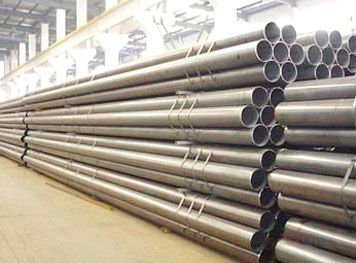
PRODUCTION RESOURCES:
Because SUVs are physically larger than street cars, naturally they would need more materials to produce them right? Not always, and really it depends on what resources are being used. Most regular vehicles on the road are produced out of steel. This is to save cost, and ensure a sturdy structure. Steel (Iron-Carbon) is made primarily of iron, which is found in absolute abundance on earth. It is the 6th most adundant element in the universe, the earth's crust comprises of 5% Iron, and the actual core of the earth brings the total amount present up to 35% of total mass. It would be safe to say that Steel (Iron) is in no short supply. It's production energy also is comparably low when put against something such as Aluminium or similar. Aluminium is incredibly energy consuming to produce. Yet, this is employed in many sports cars and....wait for it.....hybrids. Hybrids are not all the "clean-green" media presentation we are given, there is actually a large deal of energy and resource consumption involved in their production and life which I will touch on later. However for the most part, Small cars, mid-sized, and even large cars and SUVs are relatively resource light. Many high end cars actually outweigh the average SUVs in the materials needed to produce them. Take for example a Mitsubishi Pajero or Toyota Landcruiser against a Mercedes S Class, or BMW 5/7 Series. Specifically the alloys and elite metals used within them, of which Hybrids contain a plethora of rare-earth metals, the global demand for these rare-earths is expected to exceed 40,000 tonnes annually.
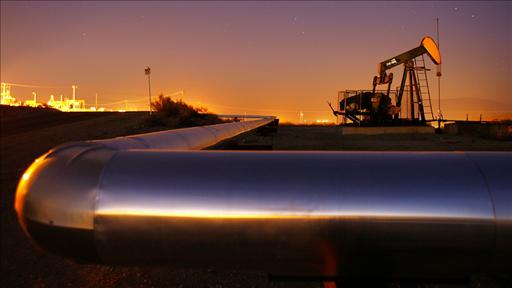
GLOBAL OIL CONSUMPTION/DEPLETION:
Due to the gas-guzzling image frequently associated with 4x4s, this means that people occasionally assume they are somehow single handedly depleting our last remaining global oil reserves. Pushing up the price of fuel and driving the global oil shortage. This is simply preposterous. Even with inefficient leviathans such as 4 Litre and up 80's trucks, the average civilian consumption of petroleum for fuel is minor compared to other uses. For example. A 747-400 has a maximum capacity of 216,840 Litres of fuel, which equates to 13,340 km of travel, or roughly one flight from Sydney to Johannesburg. When you think that there are hundreds of passenger liners flying each day, the amount of fuel used is eye-watering. Cruise liners are equally as bad, on any one cruise (which is for the sole purpose of pleasure) a general amount of fuel consumption is (200 US gallons) 757 Litres of fuel for every 2 kilometres they travel. Work out the distance of your cruise, as hey-preso! You have a true gas-guzzling vehicle. Not to mention the gigantic quantity of fuel required to power generators to support these literal cities-on-a-boat. These are only TWO examples of gargantuan fuel users that occur on a daily basis. When you place civilian fuel use of a diesel 4WD, being only around 9 to 11L/100km, this starts not to sound so bad.

ENVIRONMENTAL DESTRUCTION THROUGH OFF-ROADING/MUDDING/GREEN-LANING:
Virtually every single environmental activist that argues against 4x4s and off-roaders, claiming that they obliterate any track they travel up, destroying precious flora, and leaving it devastated never to grow back the same as it was. Again this is simply untrue and completely blowing the situation out of proportion. Any off-road 4WD track on earth is either on mud/dirt, sand or rock as it's base layer. There may be snow or gravel over top, but what forms the base layer are these things. Rock is self-explanatory when it comes to whether a 4WD destroys it or not. Sand is simply displaced, instantly blowing back into place or somewhere else with the slightest breeze. Mud however appears to be at the top of these types of arguments, and as such is the most commonly associated environment with off-roading. What is quarrelled over is that trucks tear up the ground, grass, shrub or muddy hill.
When I touched on tyre width earlier, this comes to the forefront of actually saving tracks, most skilled off-roaders know to decrease their tyre pressure when offroad so to allow it to conform to the terrain, ensuring less loss of traction (wheel-spin) and a greater surface area to "glide" over podgy ground. Track damage doesn't only come from vehicles that are large in mass, possibly the single greatest cause of track damage is loss of traction. As it is at this point where the tyre cannot grip the surface properly and instead slides against it - tearing up the surface. While it sounds terrible, it actually isn't too great a deal. For example a rutted uphill track may experience the exact same degradation by heavy rain. A muddy field simply fills itself back in. And in all cases, the environment returns to normal after a short period of time proportional to the damage. A track which has been driven to ruts and pure mud, given a few months or even up to a year depending on the damage would be completely unrecognisable. The ability for nature to heal itself is astounding, yet humans constantly assume that nature needs to be babied to survive and not be completely devastated. Of course with regards to the bigger contributors this may be the case, but certainly not with 4WDing, the amount of damage a 4WD does is incomprehensibly minor in relation to the ability of plants, grass and shrubs to regrow. When compared to the actual devastation of rainforests world-wide, estimated at 80,000 acres every day, the ripping up of some grass tends to be a rather petty issue.
One other complaint is that 4WDs destroy rare species of plants that may one day lead to brilliant scientific discoveries. Indeed there are plants in the world that have contributed to these, yet they rarely, if ever tend to be found 10 minutes out of a major city (of which's expansion rate would reach this distance shockingly quickly) or farm. The discovery of these plants are most commonly, if not always (at least historically) found in dense jungles and unexplored terrain, which begs the questions as to how these intrepid voyagers actually got there. Walking by foot doesn't lend itself well to carrying an assortment of scientific equipment far from a mode of transport, instead 20th century explorers used motor-vehicles. Land-Rovers and Jeeps, the vehicles of pioneers and adventurers who are the very people that found these plants. Nature is absolutely amazing, and most people respect it, certainly most 4WDers understand this and treat nature with respect and courtesy, however it is sadly a certain few that ruin the image for others by littering and breaking down trees. This is NOT the image that 4WDers want to associate themselves with, but unfortunately it is what people associate with them.
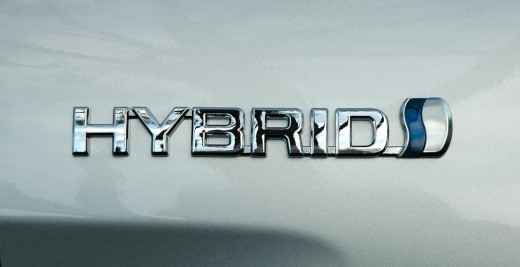
HYBRIDS:.
Hybrids are the media's cure-all of global warming it seems.Manufacturers boast of sub 5 litre per hundred figures, regular performance (if not more peppy) and the ability to wave the flag of having single handedly saved the earth. In reality however, and sifting through the marketing fluff, one is able to come down to earth on the issue, so to speak. In regular traffic, you will most certainly average 6 or 7L/100km, while good, these can be matched by a lot of small car manufacturers (if not exceeded), particularly by European manufacturers. The Prius' performance comes from the electric motor's (literally) instantly available torque, allowing zippy starts from the lights. However this electric motor runs on a battery, around twelve of them. All of which contain Nickel-Metal-Hybride, and release hydrocarbons and Sulfur-Dioxide during their production. The batteries themselves are not everlasting, they will require changing at some point in their life, leaving these cells which are full of a myriad of rare-earths and metals for the scrap-heap. The motors which the batteries run are made of neodymium magnets, with Terbium and Dysprosium added in to keep the magnets in good condition at high temperatures. (Rare-earths of course.) Each Prius motor uses 1 kg of Neodymium, 10kg of Lanthanum and soon 20 kg with plans to improve their economy. According to Jack Linton, an independent commodities consultant and strategic metals consultant, when talking to Reuters said, "the Prius is the biggest user of rare earths of any object in the world." In addition to this, the fact still remains that this is a hybrid, and therefore runs on both gas and electricity, the batteries are still, (to a lessened degree) running on the fuel from the tank as the generator works to keep them charged, of course regenerative braking comes in. The power created from the braking means the car had to get up to that speed somehow, and how did that happen? With the petrol motor or the electricity created by the petrol engine. Even with the option to plug your Hybrid in at home, the electricity you use is coming from somewhere, and at the moment it can be guaranteed that we aren't 100% eco-energy powered with solar panels and wind turbines, so essentially a large percentage of that electricity comes from a coal station or similar fossil-fuel source. You are plugging your car into petroleum. While the Prius and other hybrids such as the Insight from Honda remove some emissions from the road, it merely is shifting them to the power grid, and subsequently, to the coal and gas stations. Because of the "cleanly" nature their car seems to run through ownership (a hybrid owner will visit fuel stations less, and have less emmisions and visible pollution) it works well from a marketing point of view. The owner is able to a degree, dissociate themselves from the public stigma of contributing to pollution and global-warming. Hybrid energy is a novel idea, but starkly outweighed by cons and the reality of production costs, energy costs and energy production. Until we can improve our electricity production, a Hybrid is simply a marketing ploy for manufacturers, and it seems to be reeling people in constantly.
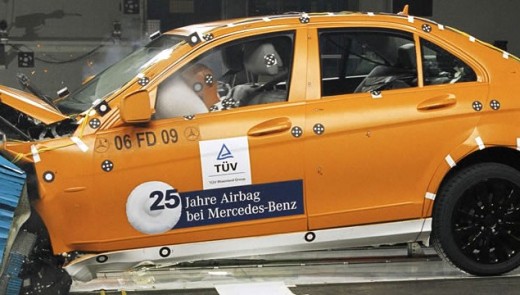
HEIGHT AND CRASHES:
Due to 4x4s and SUVs being larger than a sedan or family van in clearance, they generally give a much safer environment to be in during a crash, their robust build also lends itself to a strong passenger safety area. This robust build and height comes to an SUV owner's advantage in an accident with a lesser sized car. Their mass and less structural give-way means that it most likely would plow into the smaller car like a brick into a cushion.
However a common misconception is that two vehicles involved in a head on collision equate to a doubling of force within the vehicle, contrarily, were two equal weighted and type cars to collide at 100kmph, the resultant force upon the passenger of each would be the same as hitting a wall at 100kmph. Colliding with a wall and coming to a complete stop is exactly the same as colliding with another vehicle that brings you to a complete stop. What reduces the impact is the crush-zone within the vehicles. A small Smart-car has virtually zero crush zone and is extremely light. This means that the entire force of an impact is transferred to the occupants, a 4WD has a large mass and a large crush zone. This is where both a 4x4's pros and cons come into light. In an impact with a smaller weighted vehicle at the same 100kmph, the force upon the occupants of the SUV would be less than 100kmph, due to the softer street car absorbing more force. Yet, if the same SUV were to crash into a larger weight vehicle, eg. a Bus, Heavy Truck or wall, they would experience the same crash force as the occupant of the smaller car (proportionate to their weight and relative vectors) It's all about which one gives way (structurally) easier, the one that is stronger and has greater mass, usually comes out on top in a crash situation. BUT this does not mean cars are completely unsafe, and 4WDs are tanks, older technology means that older style cars of the 90s and even up to present with regards to small city-runabouts are built cheaply, and therefore lightly to reduce weight and improve fuel economy. This lightweight build does not lend itself to good crash statistics. However most modern mid-sized cars with a 4 or preferably 5 star ANCAP, EURONCAP or similar, trusted crash rating means that nowadays, both occupants can come out less worse off than previously. Our new cars' flotillas of airbags, structural bracing, intelligent crash preperation systems and smartly designed seats, belts and interiors means that the likelihood of a severe outcome as a result of a crash in a mid-sized car are now greatly reduced, and even in an impact with a larger 4x4. Now while all these systems work to a point, there is little better than good driver skill, and awareness when it comes to driving. A crash avoided is still better than a crash experienced. A safe, skilled and knowledgeable driver is an advantage in any case, avoidance and awareness are key.
In Conclusion,
I hope to have laid out the key facts and figures of what I hope to be an eye-opener in regards to what a 4WD really contributes to environmental damage. While 4WDs will always be beaten in efficiency and nimbleness by small cars and super-minis, as an alternative to a mid to large size passenger car, or even a van, it is a completely viable alternative. Should you require a "true" SUV's offroad capability or have a boat or caravan to tow, you do your research, buy logically and sensibly, there is no reason why a 4WD or SUV cannot be enjoyed in the city, or even to do some off-roading. If driven with care and respect for the environment around you, track damage can be kept to a minimum for those sensitive to it, you will see a whole new world which you would never had, should you have stayed in the city, and a new passion for the outdoors may be found. A 4WD is a brilliant invention, one which has played a vital role in our human discovery into our world, our environment, and taken people to places they never would have dreamt of, seeing the beauty of nature in places where a city car could never. The hate for 4WDs stems simply from misconceptions and a poor image, fuelled by those who most likely have never even set foot in half the environments they are trying to save and are merely going off the media idea of an SUV: archaic, bulky, offensive and pollutant. Instead however,when you study the reality of it, they couldn't be anything further.
Thank you for reading, and please feel free to contribute below your opinions and the polls
karllovesmercedes
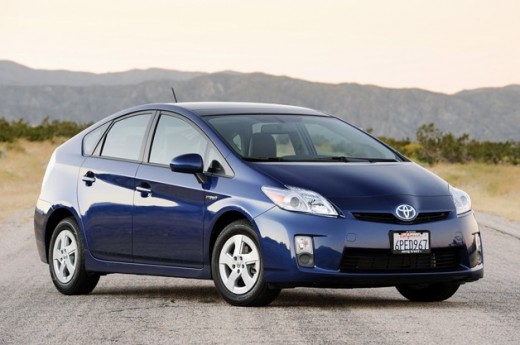
Some sources used
- As hybrid cars gobble rare metals, shortage looms| Reuters
LOS ANGELES (Reuters) - The Prius hybrid automobile is popular for its fuel efficiency, but its electric motor and battery guzzle rare earth metals, a little-known class of elements found in a wide range - Study: Prius production harmful to environment
- Prius Outdoes Hummer in Environmental Damage

